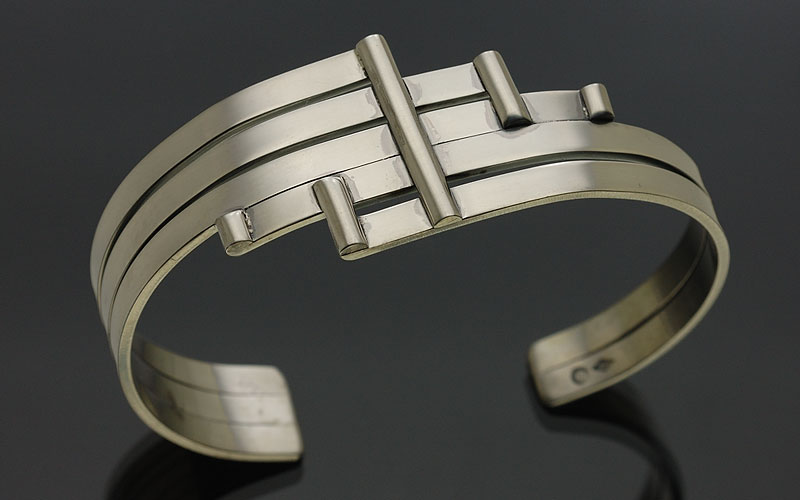

Many pictographs began to lose their original function, and a given sign could have various meanings depending on context. This is the time when some pictographic element started to be used for their phonetical value, permitting the recording of abstract ideas or personal names. The first tablets using syllabic elements date to the Early Dynastic I-II, circa 2,800 BC, and they are agreed to be clearly in Sumerian. The first inscribed tablets were purely pictographic, which makes it technically impossible to know in which language they were written, but later tablets after circa 2,900 BC start to use syllabic elements, which clearly show a language structure typical of the non-Indo-European agglutinative Sumerian language. Archaic cuneiform (circa 3000 BC)Įarly pictographic signs in archaic cuneiform (used vertically before c.2300 BC). Proper names continued to be usually written in purely "logographic" fashion. Ĭertain signs to indicate names of gods, countries, cities, vessels, birds, trees, etc., are known as determinatives and were the Sumerian signs of the terms in question, added as a guide for the reader.

The current sign list is 705 elements long with 42 being numeric and four considered pre-proto-Elamite.

The proto-cuneiform sign list has grown, as new texts are discovered, and shrunk, as variant signs are combined. Most proto-cuneiform records from this period were of an accounting nature. This early style lacked the characteristic wedge shape of the strokes. Originally, pictographs were either drawn on clay tablets in vertical columns with a sharpened reed stylus or incised in stone. The first unequivocal written documents start with the Uruk IV period, from circa 3,300 BC, followed by tablets found in Uruk III, Jemdet Nasr and Susa (in Proto-Elamite) dating to the period until circa 2,900 BC. Mesopotamia's "proto-literate" period spans roughly the 35th to 32nd centuries BC. Possibly the earliest known example of writing. The Kish tablet, a limestone tablet from Kish with pictographic, early cuneiform, writing, 3500 BC. 130,000 tablets), the Vorderasiatisches Museum Berlin, the Louvre, the Istanbul Archaeology Museums, the National Museum of Iraq, the Yale Babylonian Collection ( approx. The largest collections belong to the British Museum ( approx. An estimated half a million tablets are held in museums across the world, but comparatively few of these are published. The study of cuneiform belongs to the field of Assyriology. The script fell totally out of use soon after and was forgotten until its rediscovery and decipherment in the 19th century. The latest known cuneiform tablet dates to 75 AD. The Old Persian and Ugaritic alphabets feature cuneiform-style signs however, they are unrelated to the cuneiform logo-syllabary proper. Akkadian cuneiform was itself adapted to write the Hittite language in the early second millennium BC The other languages with significant cuneiform corpora are Eblaite, Elamite, Hurrian, Luwian, and Urartian.

onward and make up the bulk of the cuneiform record. Akkadian texts are attested from the 24th century B.C.E. Over the course of its history, cuneiform was adapted to write a number of languages in addition to Sumerian. Cuneiform is the earliest writing system. Cuneiform was originally developed to write the Sumerian language of southern Mesopotamia (modern Iraq). It is named for the characteristic wedge-shaped impressions ( Latin: cuneus) which form its signs. The script was in active use from the early Bronze Age until the beginning of the Common Era. For the distinction between, / / and ⟨ ⟩, see IPA § Brackets and transcription delimiters.Ĭuneiform is a logo- syllabic script that was used to write several languages of the Ancient Near East. For an introductory guide on IPA symbols, see Help:IPA. This article contains phonetic transcriptions in the International Phonetic Alphabet (IPA). U+12400 to U+1247F Cuneiform Numbers and Punctuation.


 0 kommentar(er)
0 kommentar(er)
